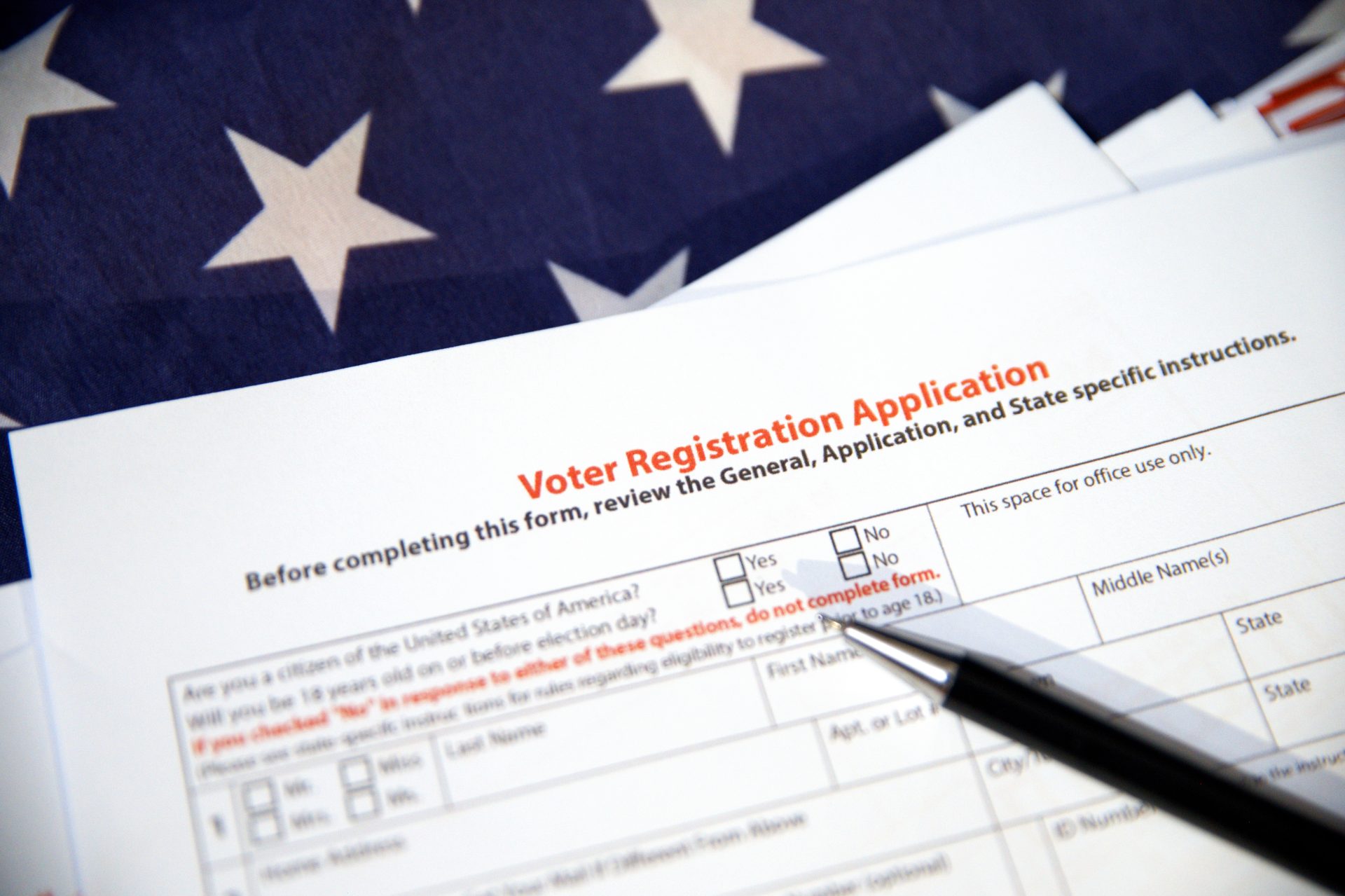
Is This a Voter Realignment REVOLUTION?
Voter registration for both Democrats and Republicans is declining nationwide as independent and third-party registrations rise sharply, signaling a potential shift in American political dynamics ahead of upcoming elections.
At a Glance
• Democratic and Republican registrations dropped in multiple key states.
• Independent voter registrations increased by double digits in recent years.
• Third-party registrations, including Green and Libertarian parties, also saw notable gains.
• Experts link trends to voter dissatisfaction and polarization fatigue.
• Changes could impact election strategies and outcomes in battleground states.
Decline in Major Party Registration
Recent data analyzed by MSN News shows that both Democratic and Republican voter rolls have shrunk in significant states like Pennsylvania, Michigan, and Georgia. While population growth continues, fewer voters are affiliating with the traditional two parties, opting instead for independent status or smaller parties.
This trend reflects growing voter dissatisfaction with party politics and increasing polarization, with many voters expressing disillusionment and seeking alternatives outside the conventional partisan divide.
Watch a report: Why Are Independents Rising in U.S. Voter Rolls?.
Surge in Independents and Third Parties
Independent voter registration surged, with some states reporting growth exceeding 15% over the last five years. Meanwhile, third parties such as the Green Party and Libertarians gained traction, signaling a broadening political landscape.
Political analysts suggest this could fundamentally alter campaigning, as candidates must now appeal beyond their traditional bases to attract a diverse electorate. The rise of independents may also increase volatility in elections, making outcomes less predictable.
Implications for Future Elections
The shifting voter registration landscape forces major parties to rethink their strategies, potentially moderating positions to recapture disaffected voters. This realignment also raises questions about the future viability of third parties and the possibility of new coalition-building dynamics.
With key battleground states showing these trends most prominently, the evolving electorate composition could play a decisive role in the 2026 midterms and 2028 presidential race.
This ongoing transformation in voter affiliation underscores a pivotal moment in American democracy, where traditional party loyalties are giving way to a more fragmented and fluid political environment.